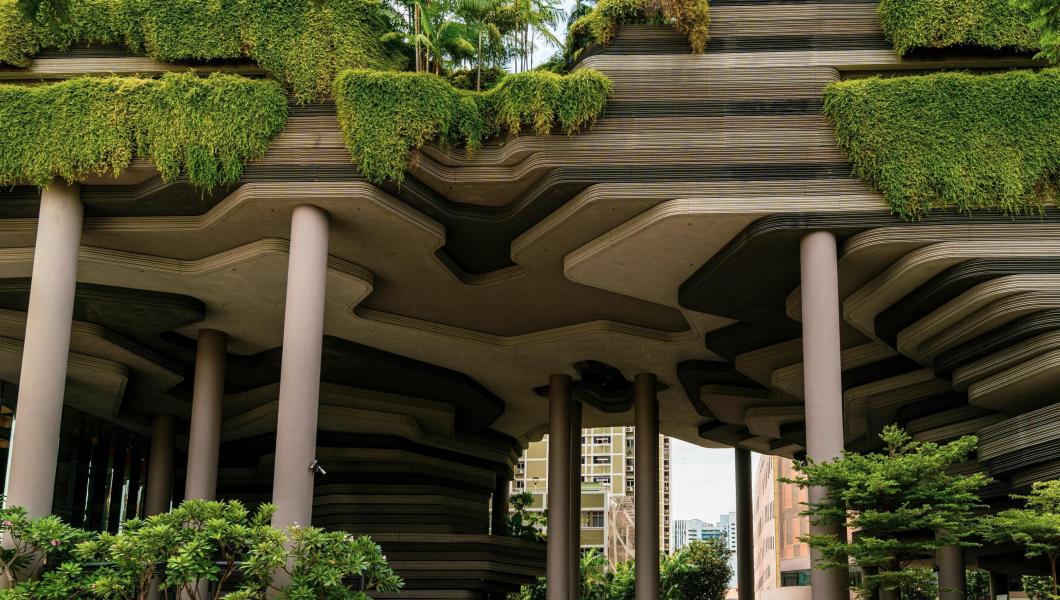NSF Funds Collaborations Within an Immersive Augmented Reality Environment

Submitted by Nisha Mistry
My name is Nisha Mistry ‘21, I am a digital design graduate from the Hilliler College of Architecture and Design. Our research project is entitled Molecular Augmented Reality for Design and Engineering (MADE): Effectiveness of AR Models on Discovery, Learning and Education. In addition to placing 3rd in the Dana Knox Research Showcase, our team was just awarded the NSF I-Corps grant for this project (50K for 6 months). Roles on the team include our technical lead: Hyejin Hannah Kum-Biocca (PI), entrepreneurial lead: Nisha Mistry, industrial mentor: Frederick S. Lee, and co-technical lead: Edgardo T. Farinas (co-PI).
I started working on this project during my sophomore year with my advisors: Dr. Hyejin Hannah Kum-Biocca, a digital design professor at NJIT and Dr. Edgardo Farinas, a professor of chemistry and environmental science at NJIT.
Our research project is called MADE, is a Molecular Visualization System that aims to facilitate collaborations within an immersive augmented reality (AR) environment. The visualization tool will be integrated into design, optimization, engineering, and investigation of biological and chemical systems. The Molecular Visualization System will be implemented for mobile phones and Microsoft’s HoloLens 2, using graphical user interface elements, interactive hand gestures, and 3D models of chemical structures. It will aid in the understanding of chemical processes that take place on a molecular scale and then transform these processes into an AR platform cultivating shared experiences. Essentially this interactive tool will assist users in the exploration of biomolecules and will facilitate collaborations for scientific visualizations.
Our research had already been accepted and awarded the NJIT National Science Foundation Innovation Corps (NSF I-Corps) Site Mini Grant, which was a program held from October 2019 to March 2020, where we went through the customer discovery process in developing our proposed technology. Additionally, we were published in the late breaking posters section for the Human Computer Interaction (HCI) International 2020 Conference.
The significant developments in our research project over the past two years led me to submit a nomination for the 2021 Dana Knox Student Research Showcase, where I highlighted the contributions of our research to educational and industry professionals. Upon being selected, I was invited to present at The Virtual Dana Knox Student Research Showcase. The virtual presentation was open for an audience of students, professors, including assigned judges and guests who selected the showcase award recipients. My presentation consisted of the basis of our research, including brief video demonstrations of MADE.
As a visual learner, I believe that a tool such as MADE, can assist students in visualizing complex chemistry structures in a more hands on and engaging learning and collaborative experience. Over the past few years AR has shown tremendous potential in a multitude of applications from gaming to retail, and it can definitely be utilized in education to enhance the learning experience. For this research project, I was able to collaborate with a variety of individuals including chemistry students and professors, IT students, and fellow digital design students.
As a digital design major, I applied my skills in user experience (UX) and user interface (UI) design to create the UI for Molecular Visualization System on the HoloLens 2 and mobile phones. This research project was an amazing opportunity to learn and design for AR systems that will ultimately be contributing to future technology. This summer we will be continuing development for MADE, as we were accepted into the Summer 2021 Cohort for the NSF I-Corps Teams Program.

